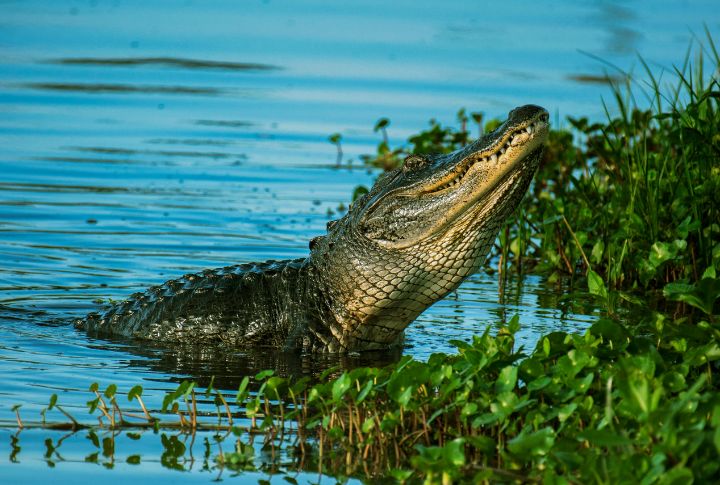
Florida’s sunlit beaches and lush swamps hold more than postcard beauty. Beneath the calm waters and deep forests lurk creatures best admired from afar. This glimpse into Florida’s wild side hints at ten animals you truly don’t want to surprise or be surprised by.
American Alligator
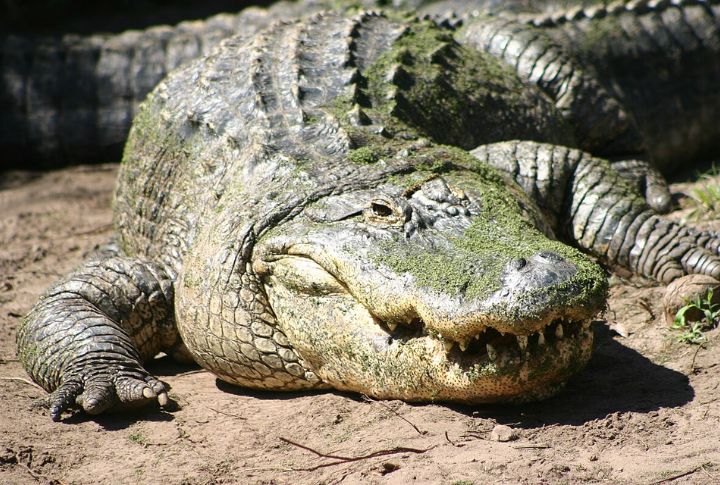
This reptile occupies freshwater bodies statewide. Able to hit speeds of up to 35 mph on land, it remains a threat. Females build nests that reach 600 pounds, and males communicate by bellowing, which ripples the water’s surface. While attacks are infrequent, caution is advised.
Eastern Diamondback Rattlesnake
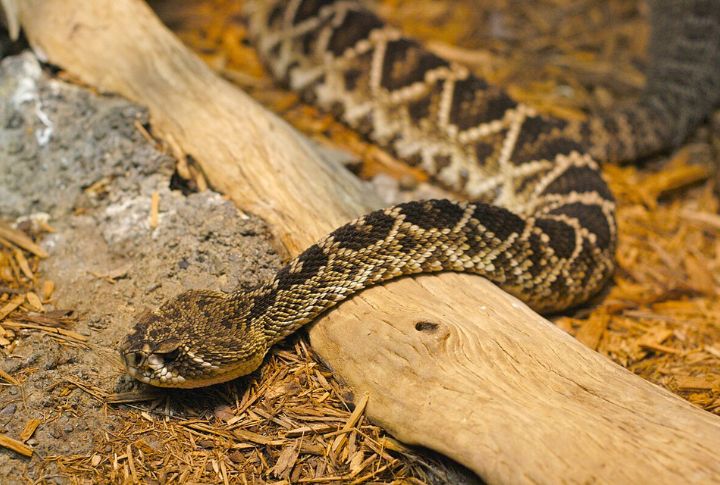
Regarded as North America’s largest venomous snake, this species is well-established in Florida. Its venom can be lethal if untreated, and it strikes efficiently, reaching up to a third of its length. Offspring are born with active venom glands, so keep your distance.
Bull Shark
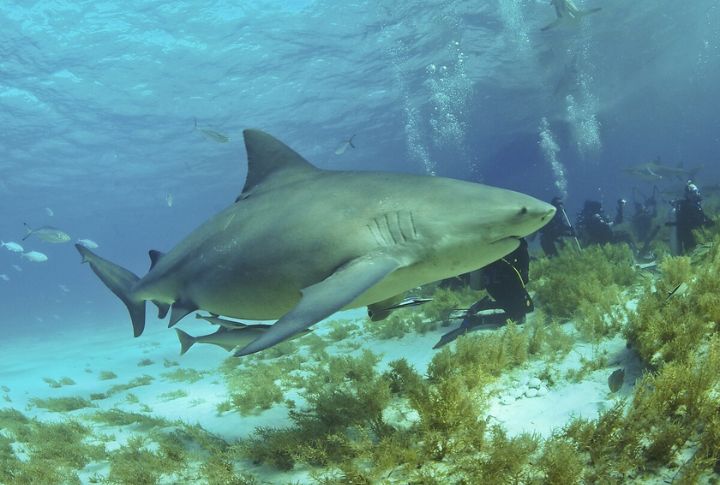
Florida’s inviting rivers sometimes hide this bold hunter. Shifting easily from rivers to shallow coastal waters, it has aggressive behavior, and its jaw pressure beats that of a great white. Stories of sudden attacks near shore remind people how little separates human leisure from primal danger.
Florida Panther

The Florida panther is endangered, with fewer than 250 left in the wild. It is found in the southern part of the state. These strong cats defend their territories and can jump 15 feet high. At night, their green glowing eyes stand out. Precautions near their habitat help prevent conflicts.
Wild Boar
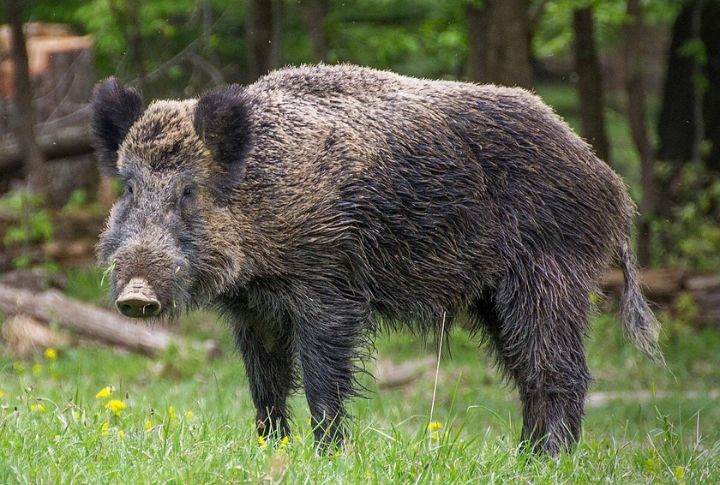
Wild boars are spread widely across Florida and pose a threat if cornered or defending their young. Originally brought to the U.S. in the 1500s, these animals have adapted well. Weighing over 200 pounds, they can cause injuries and destroy crops and lawns.
Cottonmouth (Water Moccasin)
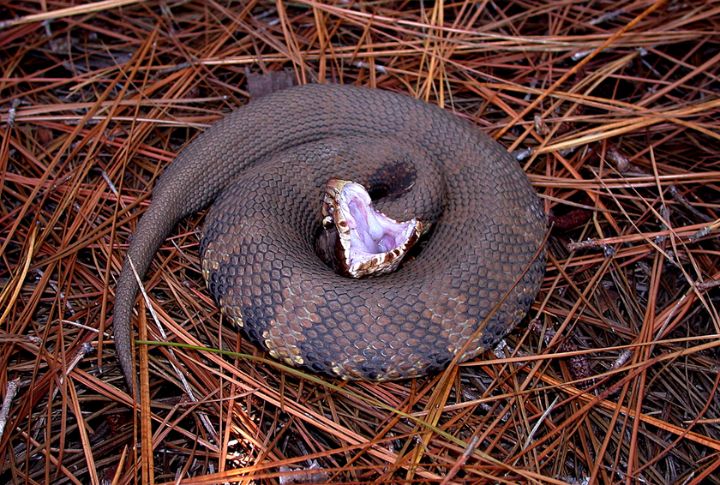
In Florida, cottonmouths live in swampy places and rivers. Their venomous bite can damage tissue badly. They flash a wide-open white mouth to scare predators and people and swim well above and below the water. Young cottonmouths wiggle their tails like rattlesnakes do.
American Crocodile
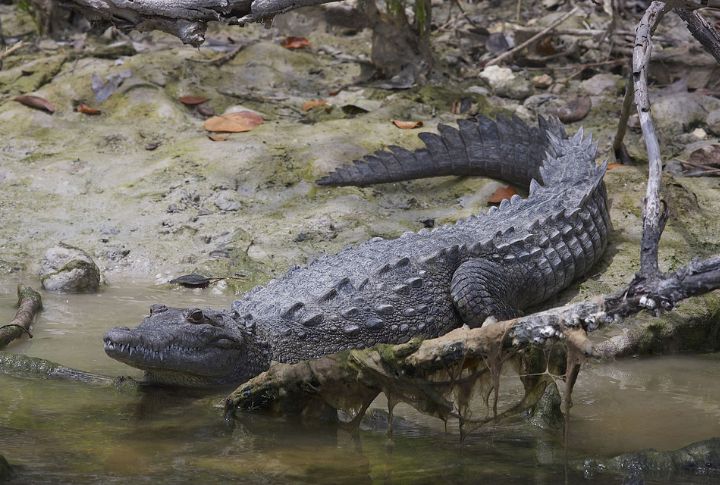
South Florida’s brackish rivers and coastal areas are home to the American crocodile. With eyes shining red in the dark, it remains the only crocodile native to the United States. It’s bigger and shyer than the alligator but can still bite hard enough to kill.
Black Bear
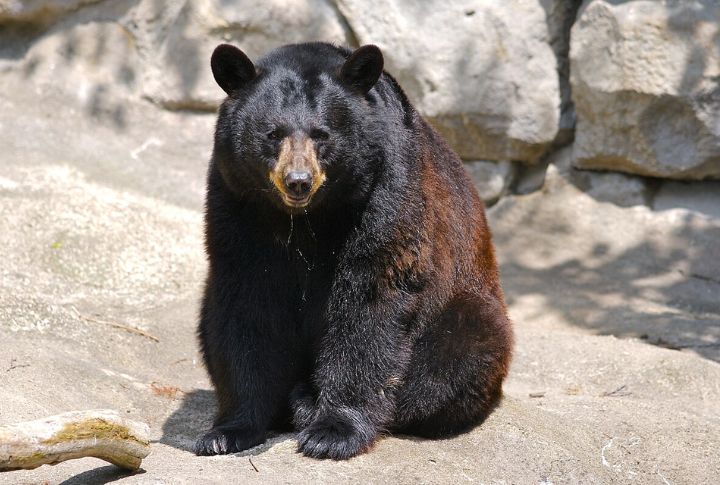
Black bears are becoming more common across Florida. They usually avoid humans but can attack if cornered. Besides running at speeds reaching 30 mph, they climb trees without trouble. Bears like sweet treats such as honey and fruit, so secure food waste properly to prevent visits.
Great White Shark
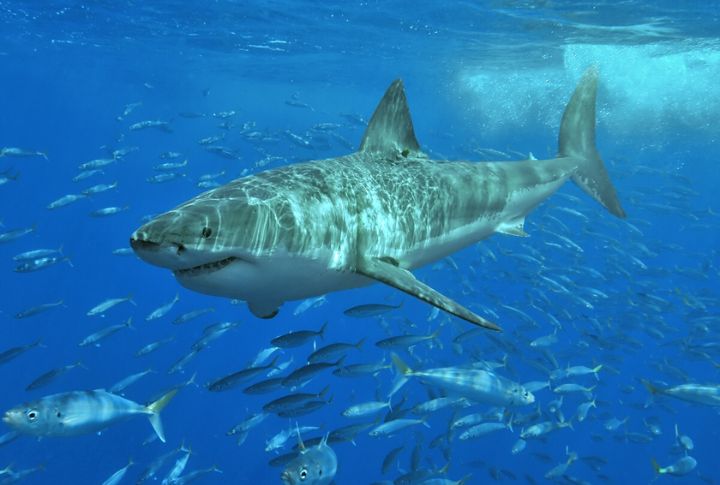
Every year, great white sharks migrate through Florida’s waters, crossing thousands of miles. They sit at the top of the ocean food chain and easily sense blood in the water. Sometimes, they leap entirely out of the sea while hunting.
Brown Recluse Spider

Though rarely seen in Florida, the brown recluse’s bite can cause severe tissue damage. Known as the fiddleback spider, it hides in shoes and closets to avoid humans and can live for months without eating. Shaking out clothing and checking shoes before wearing prevents surprises.
